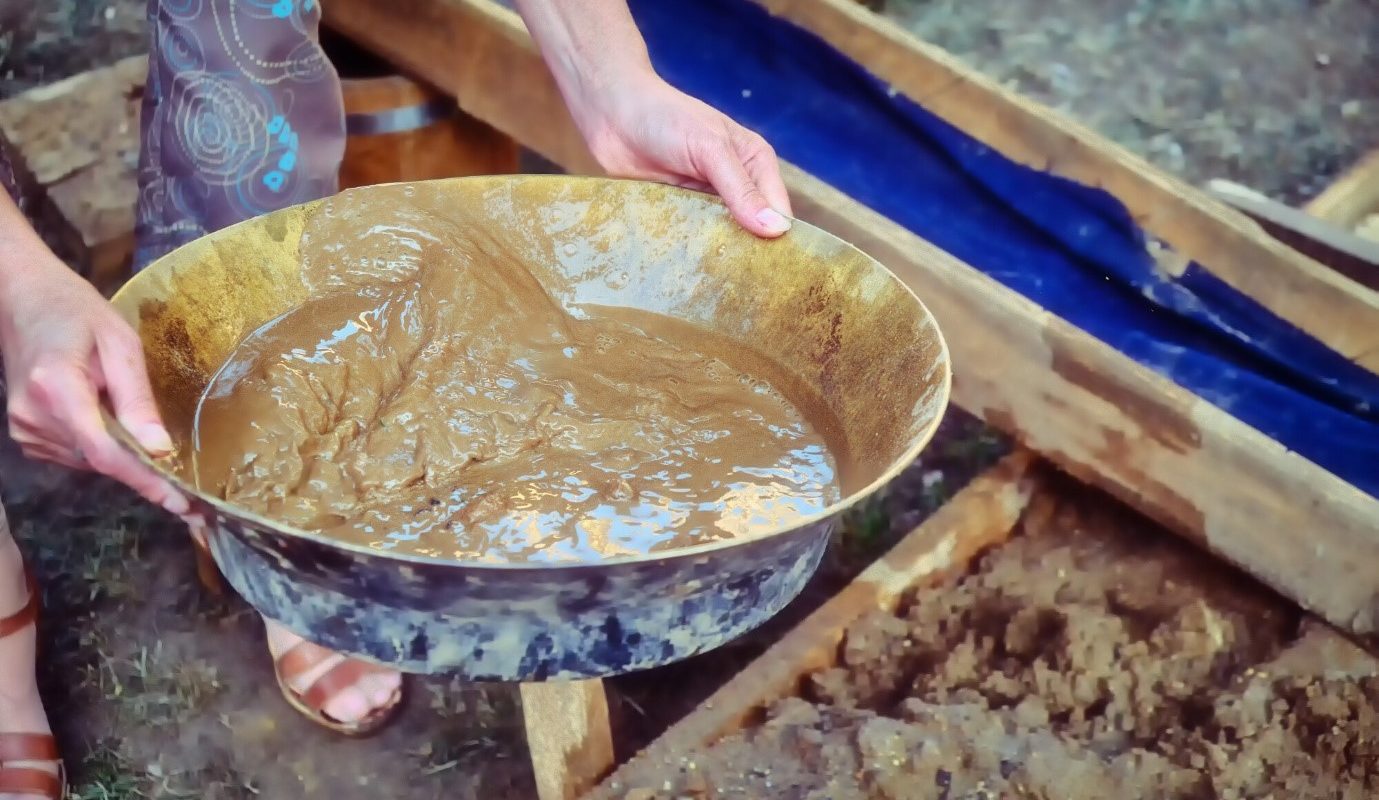Ever wondered how the shiny gold in your jewelry or the copper in your electrical wires is obtained? It’s all thanks to the fascinating world of mineral processing!
From turning rocks into tiny grains to transforming them into pure metals, mineral processing is like a secret recipe that unlocks the hidden treasures of the Earth.
Read on as we embark on a journey to unravel the mysteries of mineral processing! Get ready to discover the puzzle-solving techniques that separate valuable minerals from rocks, ensuring they end up in the products we use every day.
Crushing and Grinding
The first step in mineral processing is crushing and grinding. Imagine you have a rock that contains tiny particles of valuable minerals. To extract minerals, we need to break down the rock properties into smaller pieces.
Next, the crushed rock is further ground into even smaller particles in a process called grinding. Think of it as turning big rocks into tiny grains.
This is often achieved using specialized equipment like crushers and grinding mills. They facilitate the process of turning big rocks into tiny grains. If you’re in need of high-quality grinders, you can buy from reputable suppliers online or order grinding mills here.
Crushing and grinding as the dynamic duo that sets the stage for the rest of the mineral processing adventure! By breaking the rocks down, we increase the surface area available for the next steps, making it easier to separate and extract the valuable minerals contained within them.
Separation
Once the rock is crushed and ground, the next step is separation. This is where the valuable minerals are separated from the rest of the rock.
One common method of separation is called flotation. It works a bit like making bubbles in a glass of soda. By adding certain chemicals, the valuable minerals stick to tiny air bubbles while the unwanted rock particles sink. This allows us to collect the valuable minerals and separate them from the waste rock.
Concentration
After the separation process, we have a mixture of valuable minerals and water. To get a higher concentration of the minerals, we need to remove most of the water.
This is done using various methods, such as filtering or drying. By reducing the amount of water, we can increase the concentration of valuable minerals in the final product.
Smelting and Refining
Once we have a concentrated product, such as a shiny metal-rich powder, we can move on to the next step: smelting and refining. Smelting involves heating the concentrated minerals at very high temperatures to separate the valuable metals from the impurities. This results in pure metals like gold, silver, or copper.
Once the pure metals are obtained through smelting, we enter the refining stage. In this stage, the metals undergo meticulous processing to eliminate any lingering impurities. Refining is like giving the metals a spa treatment, purifying them to their utmost perfection and guaranteeing their exceptional quality for use in jewelry, electronics, and countless other applications.
The Power of Mineral Processing
Mineral processing is a complex but vital process that helps us extract valuable minerals from rocks. By understanding how mineral processing works, we can appreciate the effort that goes into producing the materials we use in our daily lives.
So, the next time you see a shiny piece of jewelry or use your smartphone, remember the fascinating journey those minerals took from the rocks to your hands. If you are interested in learning more, contact an expert today!
Did you find this article helpful? Be sure to browse the rest of our site for more!

